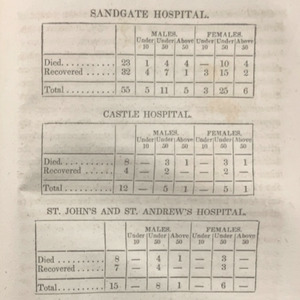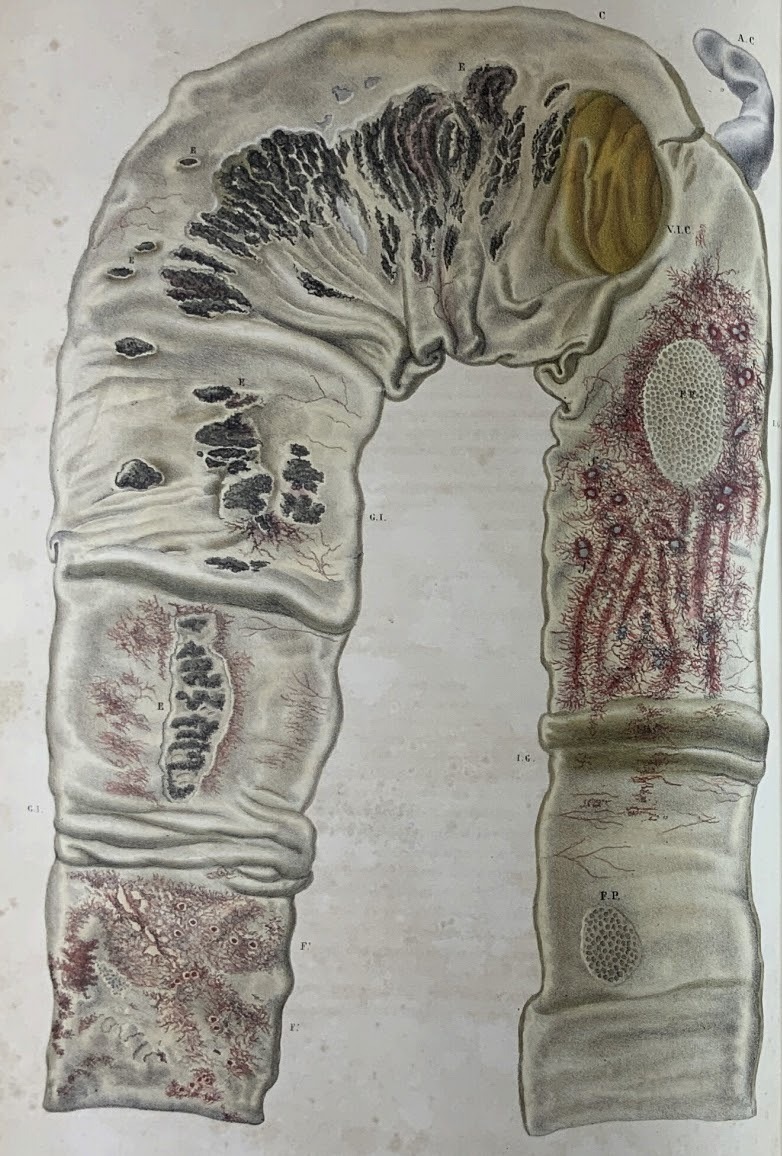Causes and Consequences: Cholera Then and Now
Causes: Then and Now
Cholera was previously known to be caused by the Sol-Lunar Hypothesis (see top right). It was also suspected to have spread through large gatherings of people in one area. Some people believed that a higher power had created the plague as a punishment of some sort. Each affected culture had its own god(s) that they believed in; despite the broad range of religious beliefs, the people were convinced that deities were deliberately inflicting pain onto their society. Unlike COVID-19, quarantine proved to be an ineffectual solution to curbing the transmission rate of cholera. Eventually, in 1854, following a massive outbreak in England, famous physician John Snow hypothesized that the cause of cholera was germ-contaminated water (see bottom right).
Today, we know that cholera is caused by ingesting food or water contaminated with the bacterium, V. cholerae. Cholera is spread though fecal-to-oral transmission. Crowded environments with subpar plumbing are breeding grounds for cholera. Once people ingest the bacterium –usually through tainted water– people experience diarrhea and vomiting, which causes dehydration accompanied by a rapid loss of electrolytes. This can lead to kidney failure, shock, coma, or death. Cholera can be treated through the restoration of fluids and electrolytes, but it is imperative that infected feces be disposed of properly to avoid further transmission.
Prevention: Then and Now
In the 1800s, with no clear understanding of the true causes or patterns of transmission of cholera, society grasped at possible preventative measures, ultimately settling on avoiding large crowds and trusting in divinity. Since many people assumed that cholera had higher transmission rates among the poor– who inhabited in clustered, poorly ventilated areas– avoiding impoverished people became the main method of prevention. Others hoped that by merely residing on "divine land", they would be shielded from the approaching illness. With the blame being placed on religious figures, prevention had to do with abiding by what they presumed to be divine messages.
Today, the prevention of cholera relies on our clean and efficient plumbing. In regions of the world where access to clean water is limited, filtering water through a sari cloth or breastfeeding infants can prevent contraction.
Alternatively, one could boil water or treat it with substances such as chlorine and iodine. Furthermore, one should avoid tap water in regions where plumbing is questionable; abstain from eating undercooked seafood, raw vegetables, food from street vendors; and limit reliance on municipal water sources.




